Home>Garden Essentials>How Deep To Plant Moonflower Seeds
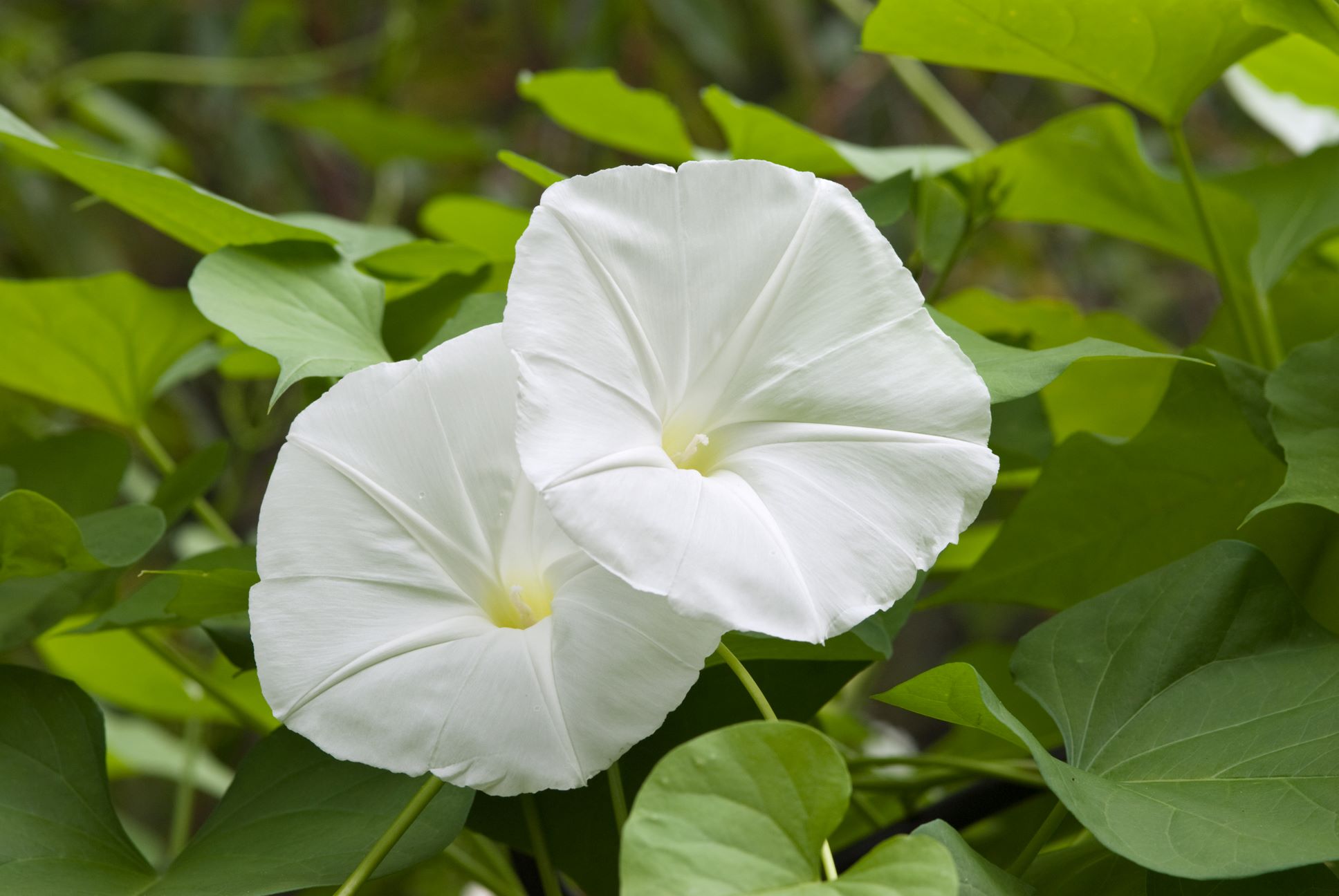

Garden Essentials
How Deep To Plant Moonflower Seeds
Modified: August 28, 2024
Learn the perfect depth to plant moonflower seeds in your garden for lush and abundant blooms. Expert tips and guidance for successful gardening.
(Many of the links in this article redirect to a specific reviewed product. Your purchase of these products through affiliate links helps to generate commission for Storables.com, at no extra cost. Learn more)
Introduction
Welcome to the wonderful world of gardening! If you’re a gardening enthusiast or a beginner looking to add some beauty to your outdoor space, you’ve come to the right place. In this article, we’ll dive deep into the topic of planting moonflower seeds and explore the proper planting depth to ensure successful growth and blooming.
Moonflower, scientifically known as Ipomoea alba, is a stunning flowering plant that produces large, white, fragrant blossoms. These flowers open in the evening and emit a lovely fragrance that attracts pollinators such as moths and butterflies. Moonflowers are typically grown as annuals in colder climates, but they can also be cultivated as perennials in warmer regions.
One of the key factors to consider when planting moonflower seeds is the planting depth. The depth at which you sow the seeds can directly impact their germination and subsequent growth. Planting too shallow may result in poor germination rates, while planting too deep may cause the seeds to struggle to emerge.
Before diving into the specifics of planting depth, it’s important to consider a few factors that can influence the success of moonflower seeds. Factors such as soil quality, moisture levels, temperature, and sunlight exposure all play a role in ensuring healthy growth and abundant flowering.
By understanding and addressing these factors, you’ll be better equipped to determine the ideal planting depth for your moonflower seeds. In the following sections, we’ll guide you through the process, providing step-by-step instructions and highlighting common planting mistakes to avoid. We’ll also cover post-planting care for your moonflower seedlings and troubleshooting tips for any issues you may encounter along the way.
So, get ready to roll up your sleeves, dig in the soil, and embark on a beautiful journey with moonflower seeds. Let’s explore the art of planting them at the perfect depth to help them thrive and mesmerize you with their enchanting blooms.
Key Takeaways:
- Plant moonflower seeds at a depth of ½ to 1 inch for optimal growth. Consider factors like seed size and soil type to determine the ideal planting depth.
- Provide proper care for moonflower seedlings, including watering, sunlight, fertilization, and pest control, to ensure healthy growth and abundant blooms.
Read more: When To Plant Moonflower Seeds
Moonflower Seeds: An Overview
Moonflower seeds are tiny wonders that hold the potential for creating a captivating display of white blossoms in your garden. These seeds come from the moonflower plant, also known as Ipomoea alba, a member of the morning glory family. Moonflowers are renowned for their large, trumpet-shaped flowers that unfurl in the evening and release a sweet, intoxicating scent.
The seeds themselves are small, flat, and typically dark brown or black in color. They are hardy and can survive for several years if stored properly. Moonflower seeds are commonly available in the market or can be collected from mature moonflower plants that have dried up. They are easy to handle and sow, making them a popular choice for both novice and experienced gardeners.
While moonflower seeds are relatively easy to obtain, it’s important to note that these plants have specific growing conditions. Moonflowers thrive in warm climates where temperatures remain consistently above 50°F (10°C). They prefer full sun exposure but can tolerate partial shade. Additionally, moonflowers require well-drained soil that is rich in organic matter.
It is recommended to start moonflower seeds indoors about 4-6 weeks before the last frost date in your area. This allows you to get a head start on the growing season and gives the seeds ample time to establish strong root systems and develop sturdy seedlings.
Once the seedlings have grown and the weather has warmed up, you can transplant them outdoors, spacing them about 12-18 inches apart. Moonflowers are known for their vigorous growth and can quickly cover trellises, fences, or other structures. Therefore, providing them with adequate space will ensure proper air circulation and prevent overcrowding.
In terms of care, moonflower plants need regular watering to keep the soil moist but not waterlogged. They also benefit from occasional feeding with a balanced fertilizer to promote healthy growth and abundant flowering. Deadheading, or removing spent blooms, can encourage continued blooming throughout the season.
Now that you have a basic understanding of moonflower seeds and their requirements, let’s delve into the crucial aspect of planting depth and discover how it can impact the successful germination and growth of these delightful flowers.
The Importance of Planting Depth
When it comes to planting moonflower seeds, the depth at which you sow them plays a vital role in their successful germination and subsequent growth. Understanding the importance of planting depth will help you provide the best conditions for your moonflower seeds to thrive.
Planting seeds at the right depth ensures that they receive an optimal amount of moisture, warmth, and access to oxygen. If the seeds are sown too shallow, they may not receive enough moisture or warmth from the soil, hindering germination. On the other hand, if they are buried too deeply, they may struggle to emerge from the soil and may fail to sprout altogether.
Seeds have specific requirements for germination, and moonflower seeds are no exception. These seeds need exposure to light to trigger germination, which means they should be sown closer to the soil surface. Planting moonflower seeds too deep can deprive them of the necessary light and impede germination.
Another reason why planting depth is important is to ensure that the emerging seedlings can establish themselves firmly in the soil. Planting seeds at the right depth allows the roots to grow deep and anchor the plant securely. This is especially crucial for moonflowers, as they can grow tall and vine-like, requiring a sturdy root system to support their upward growth.
Additionally, planting seeds at the proper depth can protect them from environmental factors that may hinder their growth. By sowing at the right depth, you can potentially shield the seeds from extreme temperature fluctuations, excessive moisture, or drying out.
It’s worth mentioning that the ideal planting depth can vary depending on your specific growing conditions and climate. Factors such as soil type, temperature, and moisture levels can influence the optimal depth for sowing moonflower seeds. Therefore, it’s essential to consider these factors and adjust the planting depth accordingly.
In the next section, we’ll explore the various factors you should consider before planting moonflower seeds, which will help you determine the ideal planting depth for your specific situation.
Factors to Consider Before Planting
Before you start sowing your moonflower seeds, there are several important factors to consider that can significantly impact the success of your planting endeavor. By taking these factors into account, you can ensure optimal growing conditions for your moonflower seeds and increase the chances of a bountiful harvest of beautiful blossoms.
Soil Quality: Moonflowers thrive in well-drained soil that is rich in organic matter. Before planting, assess the quality of your soil by performing a soil test. This will help you determine if any amendments, such as compost or organic fertilizers, are needed to improve its nutrient content and structure.
Moisture Levels: Moonflowers prefer moist soil, but they don’t tolerate waterlogged conditions. Ensure that the planting area has proper drainage to prevent water from pooling around the roots. Additionally, consider the rainfall patterns in your area and adjust your watering routine accordingly.
Temperature: Moonflowers are warm-weather plants and require a minimum temperature of 50°F (10°C) for successful germination and growth. Make sure to plant your seeds after the last frost date in your area, as exposure to frost can damage or kill the delicate seedlings.
Sunlight Exposure: Moonflowers thrive in full sun exposure, meaning they need about six to eight hours of direct sunlight each day. Choose a location for planting that receives ample sunlight to ensure optimal growth and flower production.
Competition with other plants: Moonflowers have a sprawling growth habit and can quickly overtake nearby plants if not properly spaced. Make sure to provide adequate spacing between moonflower plants and other nearby vegetation to prevent overcrowding and competition for nutrients and sunlight.
Support and Trellising: Moonflowers are vigorous climbers that can reach heights of up to 15 feet or more. Providing support, such as a trellis or fence, is essential to guide their growth and prevent sprawling. Install the necessary support structure before planting to avoid damaging the delicate seedlings during the process.
Timing: Moonflower seeds should be sown at the appropriate time, keeping in mind the specific growing season in your region. Start seeds indoors about 4-6 weeks before the last frost date, and transplant the seedlings outdoors once the weather has warmed up and all chance of frost has passed.
By considering these factors before planting, you can create an optimal environment for your moonflower seeds to thrive. The next section will guide you through the process of determining the ideal planting depth for your moonflower seeds, taking these factors into account.
Determining the Ideal Planting Depth
The ideal planting depth for moonflower seeds is crucial for successful germination and the healthy establishment of seedlings. While there are general guidelines for planting depth, it’s important to consider specific factors such as seed size, soil type, and growing conditions to determine the optimal depth for your moonflower seeds.
A general rule of thumb is to plant moonflower seeds at a depth of around ½ inch to 1 inch (1.3 to 2.5 cm). This depth ensures that the seeds are covered with enough soil to protect them and provide consistent moisture, while still allowing them to receive the light needed for germination.
However, it’s important to note that seed size plays a role in determining the ideal planting depth. Larger moonflower seeds can be sown slightly deeper, up to 1 inch (2.5 cm), while smaller seeds may benefit from a shallower planting depth of around ½ inch (1.3 cm).
Soil type also impacts the planting depth for moonflower seeds. If your soil is heavy and tends to retain moisture, it’s best to plant the seeds at a slightly shallower depth to prevent waterlogging and rotting of the seeds. On the other hand, if your soil is lighter and prone to drying out quickly, planting the seeds slightly deeper can help provide them with adequate moisture.
When considering the growing conditions, keep in mind the average temperature and moisture levels in your area. If you live in a region with hot, dry summers, planting the seeds slightly deeper can offer some protection from the intense heat and help retain moisture near the roots. Conversely, if you have cooler temperatures or higher rainfall, sowing the seeds at a shallower depth may be more appropriate.
Another factor to consider is the recommended spacing between the seeds. Moonflower seeds should be spaced around 6-12 inches (15-30 cm) apart to allow room for the plants to spread and prevent overcrowding. Depending on your spacing, adjust the planting depth accordingly to ensure adequate room for each plant to grow.
Ultimately, the best way to determine the ideal planting depth is to carefully observe and assess your specific growing conditions. Experiment with different planting depths and monitor the germination rates and growth of the seedlings. Over time, you’ll develop a better understanding of what works best for your moonflower seeds and your garden environment.
With the ideal planting depth in mind, let’s move on to the practical steps of planting moonflower seeds and ensuring their successful growth in the next section.
Plant moonflower seeds about 1/2 inch deep in well-draining soil. Water the soil after planting and keep it consistently moist until the seeds germinate. Moonflowers prefer full sun and can be started indoors or directly sown in the garden.
Read more: How Deep To Plant Cosmos Seeds
Step-by-Step Guide to Planting Moonflower Seeds
Planting moonflower seeds is a rewarding and enjoyable process that requires some basic steps to ensure successful germination and healthy growth. By following this step-by-step guide, you’ll be on your way to creating a stunning display of moonflower blooms.
- Prepare the soil: Start by preparing the planting area. Remove any weeds, rocks, or debris and loosen the soil using a garden fork or tiller. Incorporate organic matter, such as compost, into the soil to improve its fertility and drainage.
- Soak the seeds: To enhance germination, soak the moonflower seeds in warm water for 24 hours before planting. This softens the seed coat and encourages faster and more even germination.
- Choose the ideal location: Select a sunny spot in your garden that receives at least 6-8 hours of direct sunlight each day. Moonflowers thrive in full sun, which promotes vigorous growth and abundant flowering.
- Determine the planting depth: Consider the factors discussed earlier, such as seed size, soil type, and growing conditions, to determine the ideal planting depth for your moonflower seeds. Generally, aim for a depth of ½ to 1 inch (1.3 to 2.5 cm).
- Plant the seeds: Dig small holes in the prepared soil at the determined planting depth. Space the holes according to the recommended seedling spacing, usually about 6-12 inches (15-30 cm) apart. Place one moonflower seed in each hole and cover it with soil, gently pressing down to ensure good seed-to-soil contact.
- Water the seeds: After planting, thoroughly water the area to settle the soil and provide moisture to the seeds. Aim to keep the soil consistently moist but not waterlogged throughout the germination period. Use a gentle spray or misting nozzle to avoid displacing the seeds.
- Label and protect: To prevent confusion and accidental disturbance, label the area where the moonflower seeds were planted. Use plant labels or sticks to mark the spot. You can also protect the newly planted seeds from birds or foraging animals by placing a mesh or netting over the area.
- Observe and care: Keep a close eye on the planting area and monitor the progress of the seeds. Depending on environmental conditions, moonflower seeds typically germinate within 7-14 days. Once the seedlings emerge, ensure they receive adequate sunlight, water regularly, and provide support as they grow.
- Thin if necessary: If you have sown multiple seeds in the same hole, thin out the weaker seedlings once they have a few sets of true leaves. This will prevent overcrowding and allow the remaining seedlings to have ample space and resources to grow.
- Continue care and enjoy: As your moonflower plants grow, continue to water them regularly, ensure they receive sufficient sunlight, and provide support as needed. With proper care, you’ll soon be rewarded with splendid moonflower blooms that will enchant your garden and fill the air with their intoxicating fragrance.
By following these steps, you’ll be well on your way to nurturing beautiful moonflower plants and enjoying their stunning blooms. However, it’s important to be aware of common mistakes that can hinder the growth of moonflower seedlings. Let’s explore these mistakes and learn how to avoid them in the next section.
Common Mistakes to Avoid
While planting moonflower seeds can be a straightforward process, there are a few common mistakes that gardeners should be aware of in order to ensure the success of their moonflower plants. By avoiding these mistakes, you’ll give your moonflower seeds the best chance to germinate, thrive, and produce beautiful blooms.
- Planting seeds too deep: One of the most common mistakes is planting the moonflower seeds too deep. As mentioned earlier, moonflower seeds require exposure to light for germination. Planting them too deep can hinder their ability to receive the necessary light, resulting in poor germination rates or failed sprouting. Be mindful of the recommended planting depth and adjust accordingly.
- Overwatering or underwatering: Finding the right balance is crucial when it comes to watering your moonflower seeds and seedlings. Overwatering can lead to rotting and fungal diseases, while underwatering can stunt their growth or cause them to dry out. Regularly check the moisture level in the soil and water accordingly, ensuring that the soil stays consistently moist but not waterlogged.
- Not providing adequate support: Moonflowers are known for their climbing habit, and without proper support, they can become unruly or collapse. Install trellises, fences, or other suitable structures before planting your moonflower seeds. This will help guide their growth and prevent tangling or sprawling.
- Planting in poor soil: Moonflowers thrive in well-draining soil with ample organic matter. Planting them in poor soil lacking in nutrients can hinder their growth and flowering. Prepare the soil in advance by incorporating compost or organic fertilizers to improve its fertility and structure.
- Planting too early or too late: Timing is crucial when it comes to planting moonflower seeds. If planted too early, before the last frost date, seedlings can be damaged or killed by cold temperatures. On the other hand, if planted too late in the season, moonflowers may not have sufficient time to establish and reach their full potential before colder weather arrives. Plant moonflower seeds according to the recommended planting time in your region.
- Neglecting regular care and maintenance: Moonflowers, like any other garden plant, require regular care and attention. Neglecting to water, fertilize, or provide adequate sunlight can result in stunted growth or poor blooming. Stay consistent with your care routine, ensuring that your moonflower plants receive the necessary care and support they need to thrive.
- Overcrowding: Moonflowers have a tendency to spread and take up space as they grow, so it’s important to provide sufficient spacing between the plants. Overcrowding can lead to competition for resources and hinder the growth of individual plants. Follow the recommended spacing guidelines and thin out any excess seedlings if necessary.
By avoiding these common mistakes, you’ll set the stage for healthy moonflower plants that will dazzle you with their lush foliage and abundant blooms. Next, let’s explore how to care for moonflower seedlings and ensure their continued growth and vitality.
Caring for Moonflower Seedlings
Once your moonflower seedlings emerge from the soil, it’s important to provide them with proper care to ensure their continued growth and development. Caring for moonflower seedlings involves attention to watering, sunlight, fertilization, pruning, and protection from pests. By following these guidelines, you’ll set the foundation for healthy, strong plants that will soon reward you with their beautiful blossoms.
Watering: Consistent and adequate watering is essential for the growth of moonflower seedlings. Keep the soil consistently moist, but not overly saturated, to prevent root rot. Water the seedlings deeply, ensuring that the water reaches the root zone. Avoid overhead watering to minimize the risk of fungal diseases and to prevent dislodging delicate seedlings.
Sunlight: Moonflowers thrive in full sun exposure. Ensure that your seedlings receive at least 6-8 hours of direct sunlight each day. Adequate sunlight promotes vigorous growth, strong stems, and abundant flowering. If necessary, provide shade during the hottest part of the day to protect the seedlings from excessive heat.
Fertilization: Regular fertilization helps provide the nutrients necessary for healthy growth and flowering. Apply a balanced liquid or granular fertilizer every 4-6 weeks during the growing season. Follow the manufacturer’s instructions for the proper dilution or application rates. Avoid excessive fertilization, as it can lead to excessive foliage growth at the expense of flower production.
Pruning: Moonflower seedlings may benefit from light pruning to encourage branching and a more compact growth habit. Pinch back the tips of the young plants to promote the emergence of side shoots. This will result in bushier plants with more flowers. Additionally, remove any damaged, yellowed, or diseased foliage to maintain the overall health of the plants.
Protection from pests: Keep an eye out for common garden pests that may attack moonflower seedlings, such as aphids, slugs, or spider mites. Regularly inspect the plants and take appropriate measures to control pest infestations. Organic methods, such as handpicking pests or using insecticidal soap, are recommended to minimize the use of harmful chemicals.
Support and trellising: As your moonflower seedlings grow, provide them with the necessary support to guide their upward growth. Install trellises, stakes, or other suitable structures and gently tie the growing stems to the supports. This will prevent entanglement and ensure that the plants grow vertically, maximizing flower production and creating an aesthetically pleasing display.
Monitor for diseases: Keep a lookout for common plant diseases, such as powdery mildew or fungal leaf spots. These diseases can hinder the growth and overall health of your moonflower seedlings. If you notice any signs of disease, promptly remove and destroy affected plant parts to prevent further spread. Also, ensure proper air circulation and avoid overwatering, as these conditions can contribute to fungal disease development.
By providing proper care and attention to your moonflower seedlings, you’ll encourage strong and healthy growth, setting the stage for a spectacular blooming season. With your diligent care, you’ll soon be rewarded with moonflowers in full glory, enchanting your garden and delighting your senses.
However, despite your best efforts, issues may arise from time to time. In the next section, we’ll explore some common planting issues and provide troubleshooting tips to help you overcome them.
Troubleshooting Planting Issues
While tending to your moonflower seedlings, you may encounter a few common planting issues that can affect their growth and development. Understanding these issues and knowing how to troubleshoot them will help you address problems promptly and ensure the success of your moonflower plants. Here are some common planting issues and their solutions:
Poor germination: If your moonflower seeds are not germinating as expected, check the planting depth. Seeds may have been sown too shallow or too deep, affecting their ability to sprout. Adjust the planting depth accordingly for future sowings. Additionally, ensure that the soil remains consistently moist for optimal germination. If seeds still fail to germinate, it may be due to poor seed quality or environmental factors, and it may be necessary to obtain fresh seeds.
Damping-off: Damping-off is a fungal disease that affects young seedlings, causing them to wilt and rot at the soil level. To prevent damping-off, provide good air circulation around the seedlings, avoid overwatering, and use sterile seed-starting mix to minimize the risk of fungal contamination. If damping-off occurs, remove affected seedlings and adjust watering practices to prevent further spread.
Leggy growth: Leggy growth refers to tall, spindly stems with few leaves, typically caused by insufficient light. To prevent leggy growth, ensure that your moonflower seedlings receive adequate sunlight. If growing indoors, provide supplemental light with fluorescent or LED grow lights to mimic natural daylight. If seedlings become leggy, you can transplant them deeper into the soil, burying a portion of the elongated stem, to encourage root development and stability.
Yellow leaves: Yellowing leaves can indicate various issues, including nutrient deficiencies, overwatering, or fungal diseases. Assess the soil moisture level and adjust watering practices accordingly. Ensure that your plants are receiving sufficient nutrients by fertilizing regularly, following the recommended application rates. If yellowing continues, it may be necessary to perform a soil test to identify any nutrient imbalances or consult with a local gardening expert for further guidance.
Lack of flowers: If your moonflower plants are not producing blooms, it could be due to insufficient sunlight or improper fertilization. Ensure that your plants are receiving at least 6-8 hours of direct sunlight each day. Additionally, be mindful of the fertilizer you use. Too much nitrogen can promote foliage growth at the expense of flower production. Switch to a balanced fertilizer or one with a higher phosphorus content to encourage blooming.
Pest infestations: Moonflowers are susceptible to a range of common garden pests, including aphids, spider mites, and slugs. Regularly inspect your plants for signs of pests, such as chewed leaves or visible insects. Use organic pest control methods, such as handpicking, spraying with insecticidal soap, or introducing beneficial insects like ladybugs, to manage pest populations. Proper sanitation practices, such as removing any fallen debris or weeds, can also help reduce pest habitat.
By troubleshooting these common planting issues promptly and implementing the appropriate solutions, you’ll be able to address problems, support the health of your moonflower plants, and maximize their growth and blooming potential. Your dedication and care will soon be rewarded with a garden filled with the mesmerizing beauty of moonflower blooms.
As we conclude our guide, we hope that you’ve gained valuable insights into planting moonflower seeds and providing them with the care they need to flourish. Enjoy the journey of nurturing your moonflowers and witnessing their enchanting flowers illuminate your garden!
Read more: How Deep To Plant Eggplant Seeds
Conclusion
Planting moonflower seeds and witnessing them grow into stunning, fragrant flowers can be a truly rewarding experience for any gardener. By understanding the importance of planting depth and considering factors such as soil quality, moisture levels, temperature, sunlight exposure, and spacing, you can create an optimal environment for your moonflower seeds to thrive. By following a step-by-step planting guide, avoiding common mistakes, and providing proper care, you’ll be well on your way to a flourishing moonflower garden.
Remember to choose a sunny location for your moonflower plants, prepare the soil by incorporating organic matter, and determine the ideal planting depth based on seed size and soil type. Provide regular watering, adequate sunlight, and the necessary support and trellising as the plants grow. Fertilize appropriately, prune when needed, and protect your seedlings from pests and diseases.
If challenges arise along the way, troubleshoot issues such as poor germination, damping-off, leggy growth, yellow leaves, lack of flowers, or pest infestations. By promptly addressing these problems with the appropriate solutions, you can help your moonflower plants thrive and overcome any obstacles.
As you care for your moonflower seedlings and witness their growth, take a moment to appreciate the beauty of nature and the joy that gardening brings. The process of nurturing these delicate flowers teaches patience, perseverance, and an appreciation for the miracles that unfold in our gardens.
So, roll up your sleeves, immerse yourself in the art of planting moonflower seeds at the perfect depth, and watch as the magic of nature unfolds before your eyes. Your dedication and care will be rewarded with a garden filled with majestic moonflower blooms, blooming under the moon’s gentle glow, and captivating your senses with their beauty and fragrance.
As you embark on this journey, remember that gardening is a continuous learning experience. Each seedling you plant, each bloom that opens, and each challenge you overcome enriches your knowledge and deepens your love for the natural world. Enjoy the process, embrace the connection to the earth, and let the beauty of moonflowers inspire you to create an enchanting garden oasis that brings joy and serenity to both you and your visitors.
Happy planting and may your moonflower garden flourish with abundance!
Frequently Asked Questions about How Deep To Plant Moonflower Seeds
Was this page helpful?
At Storables.com, we guarantee accurate and reliable information. Our content, validated by Expert Board Contributors, is crafted following stringent Editorial Policies. We're committed to providing you with well-researched, expert-backed insights for all your informational needs.
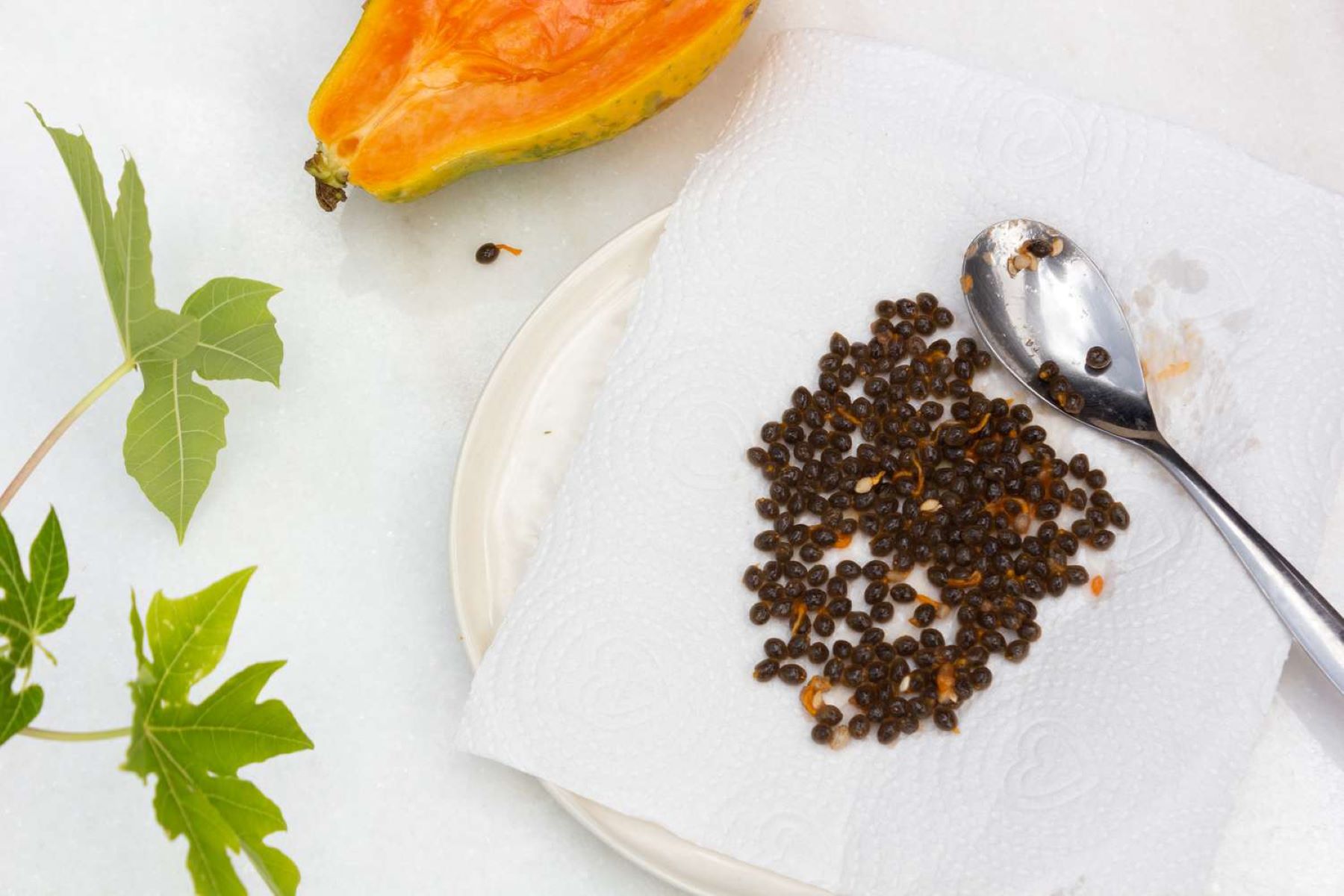

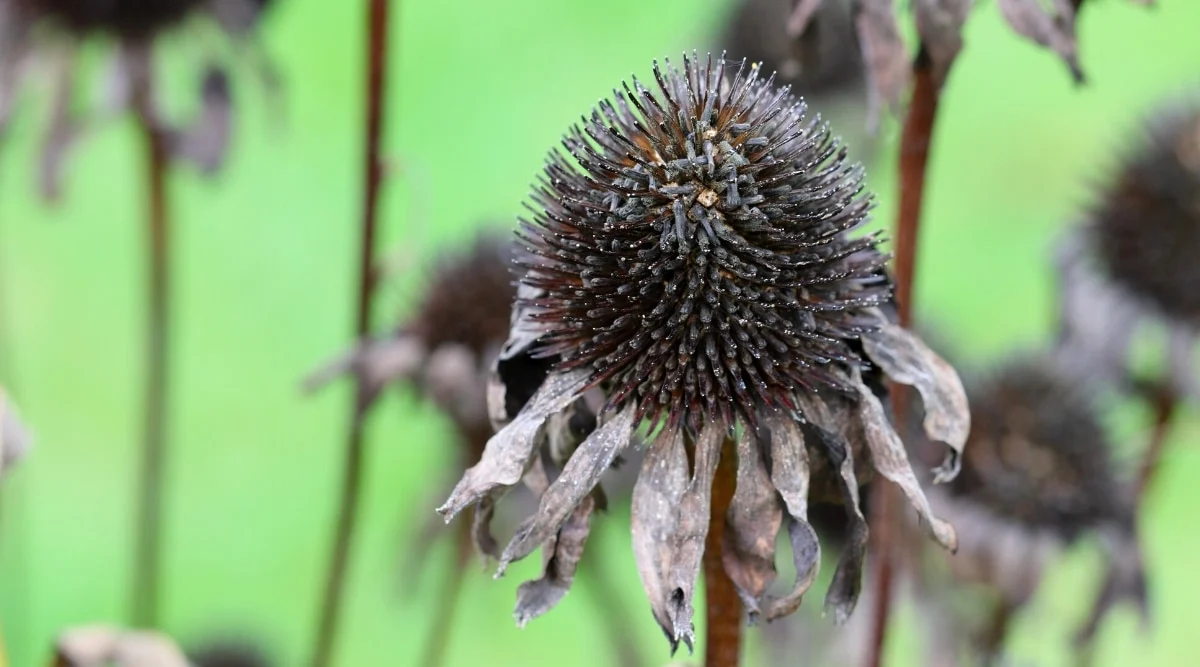
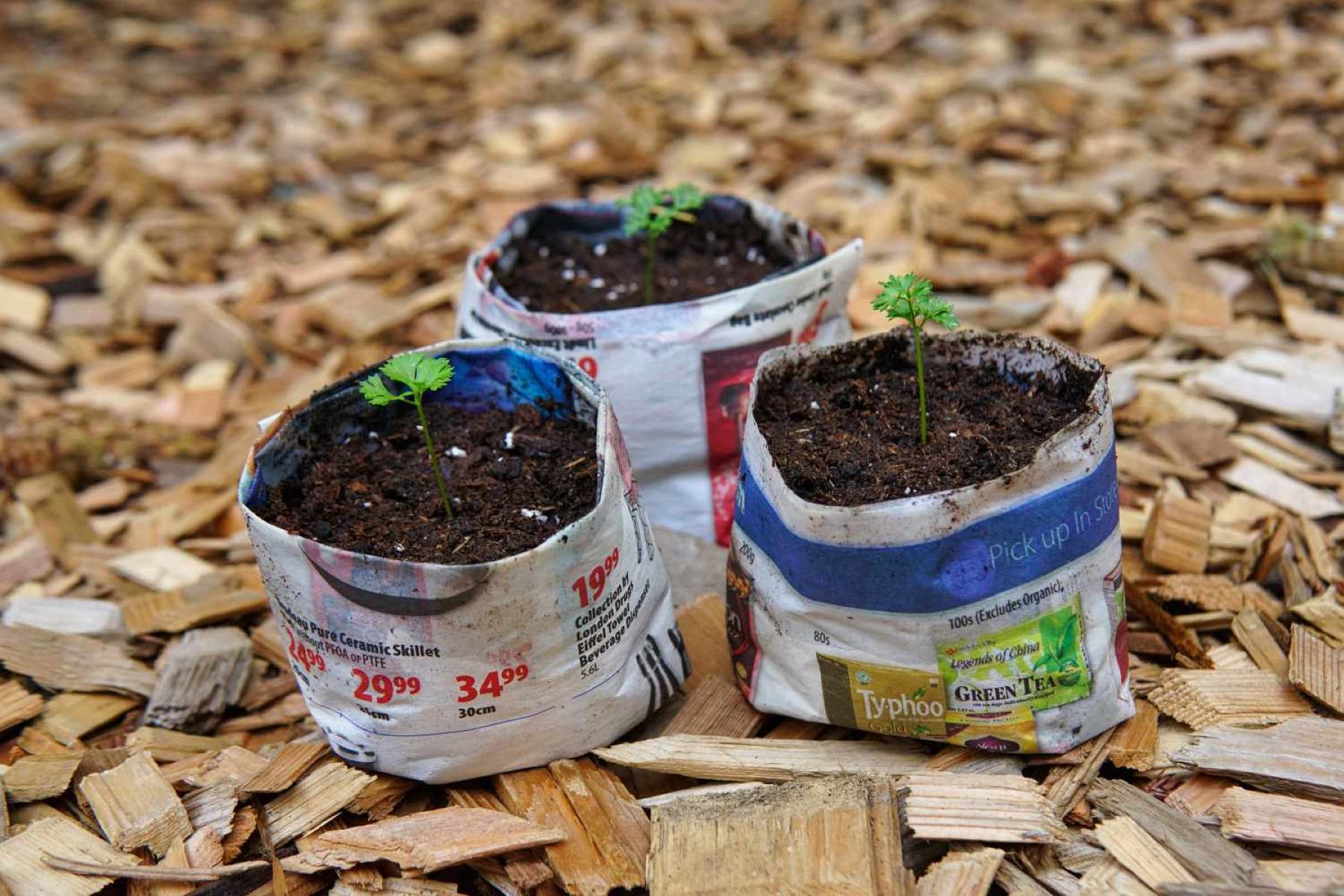
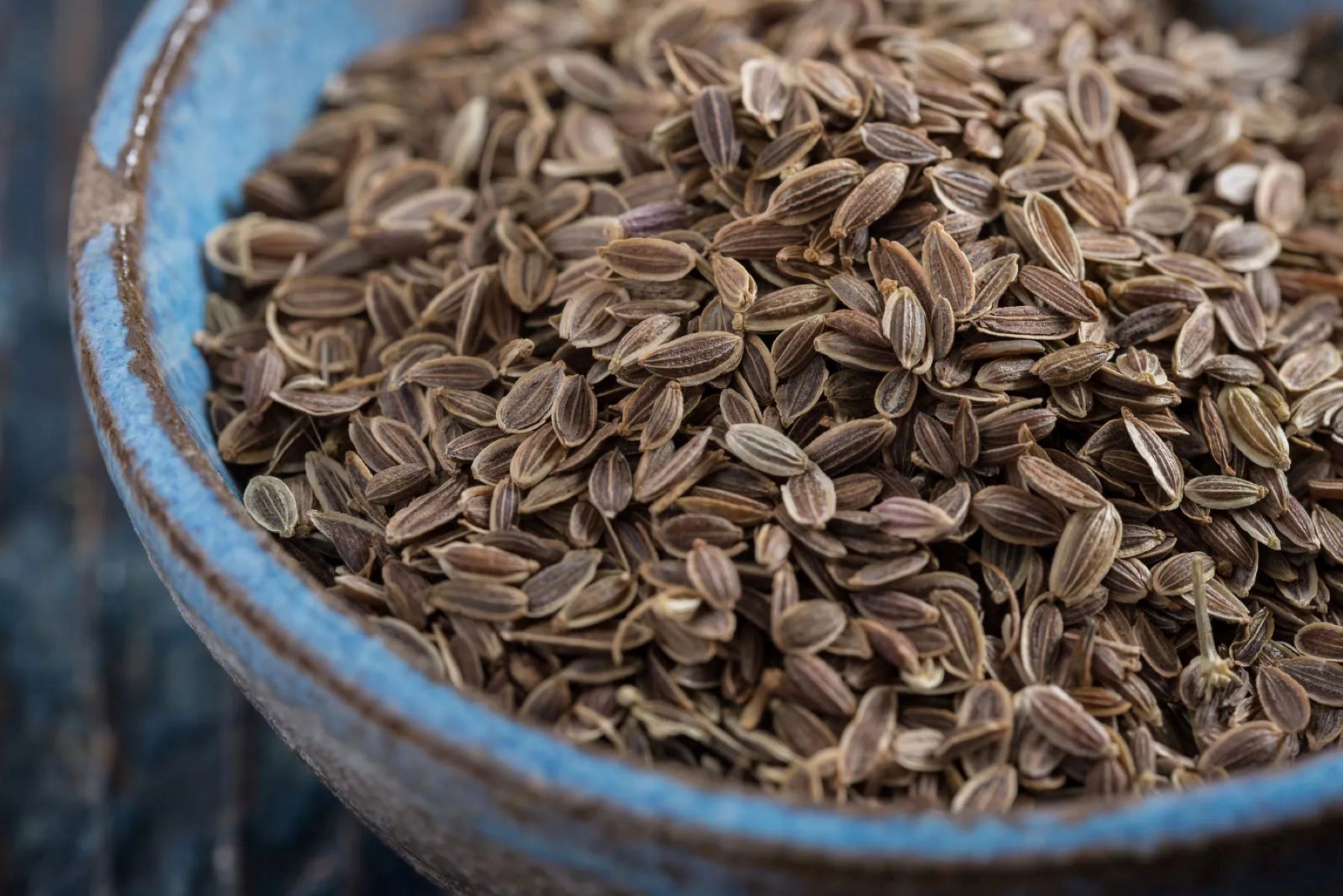
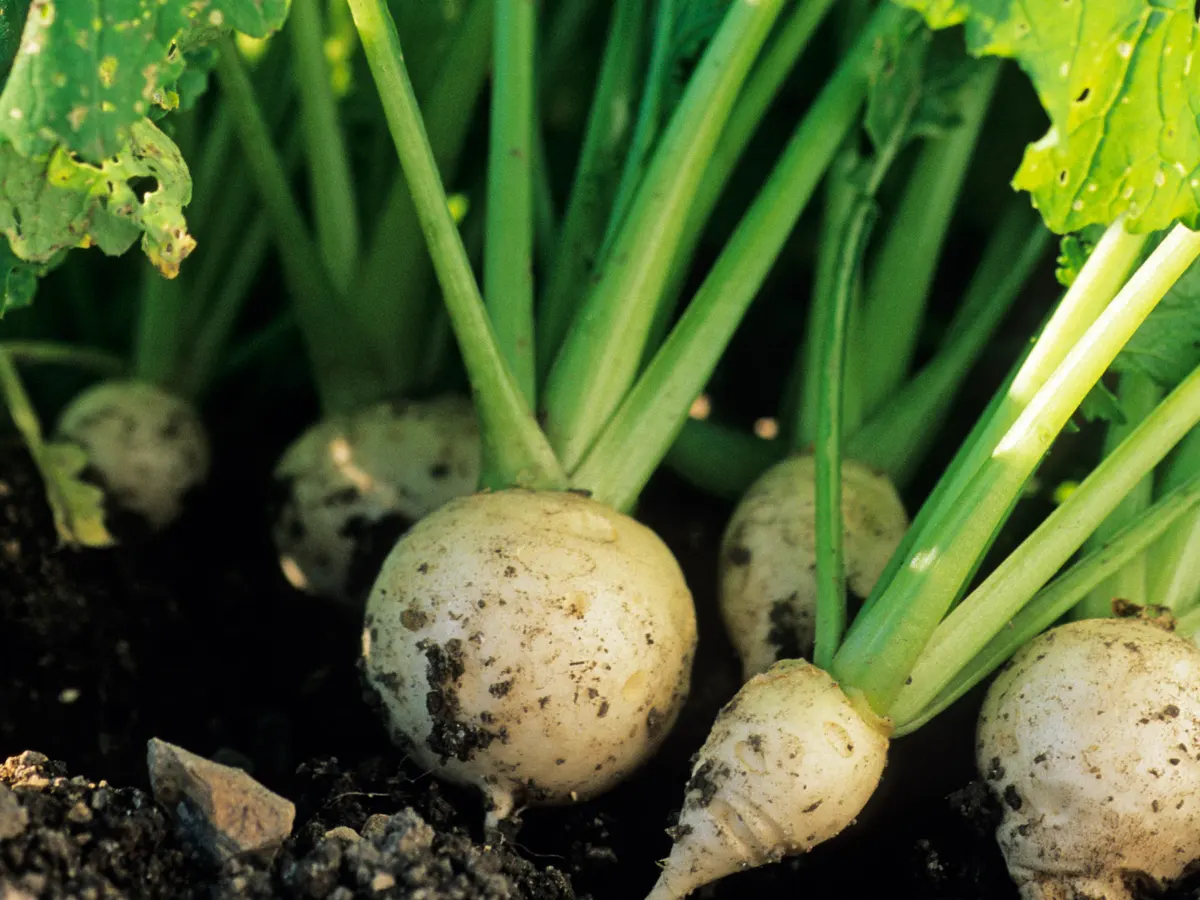
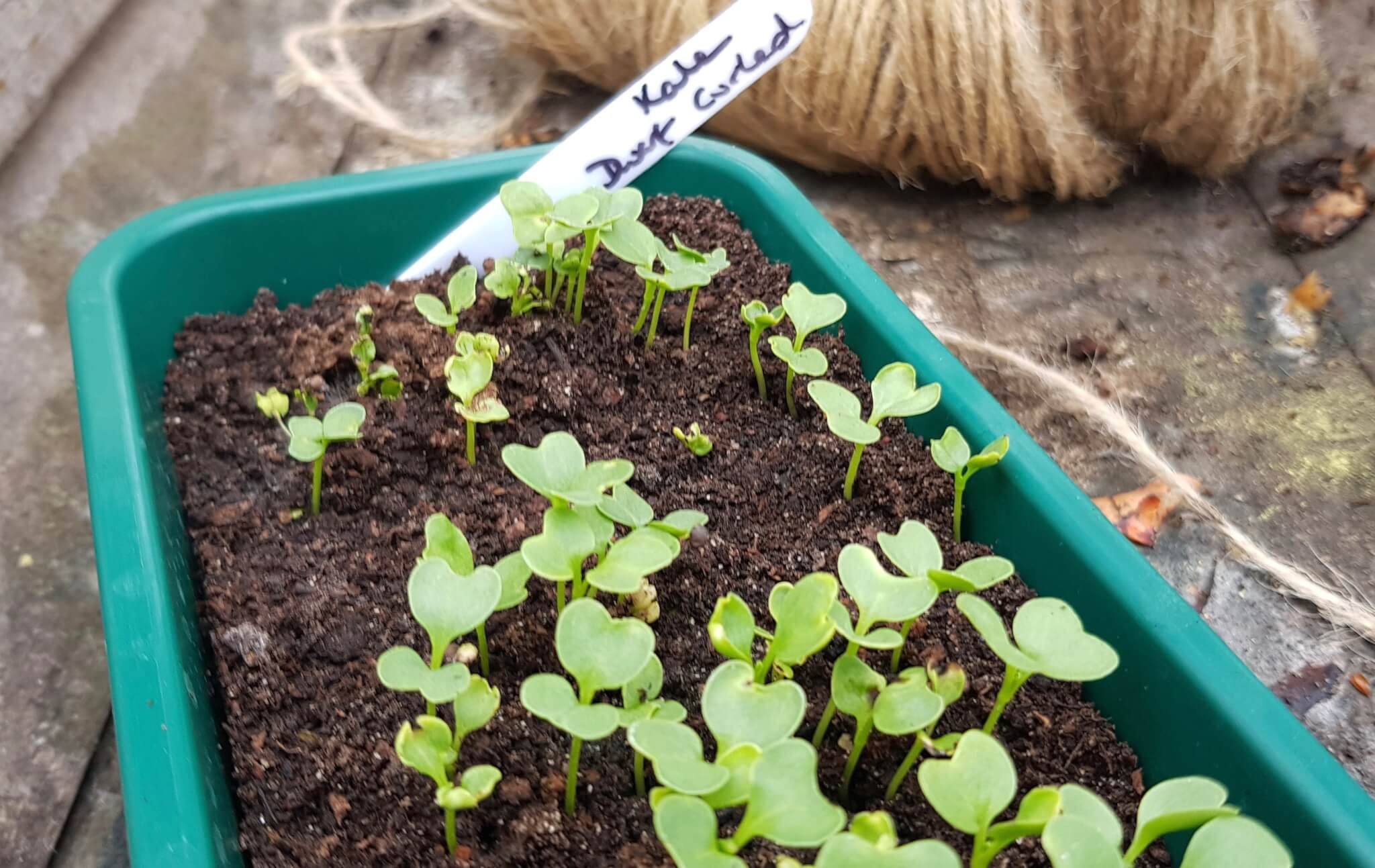
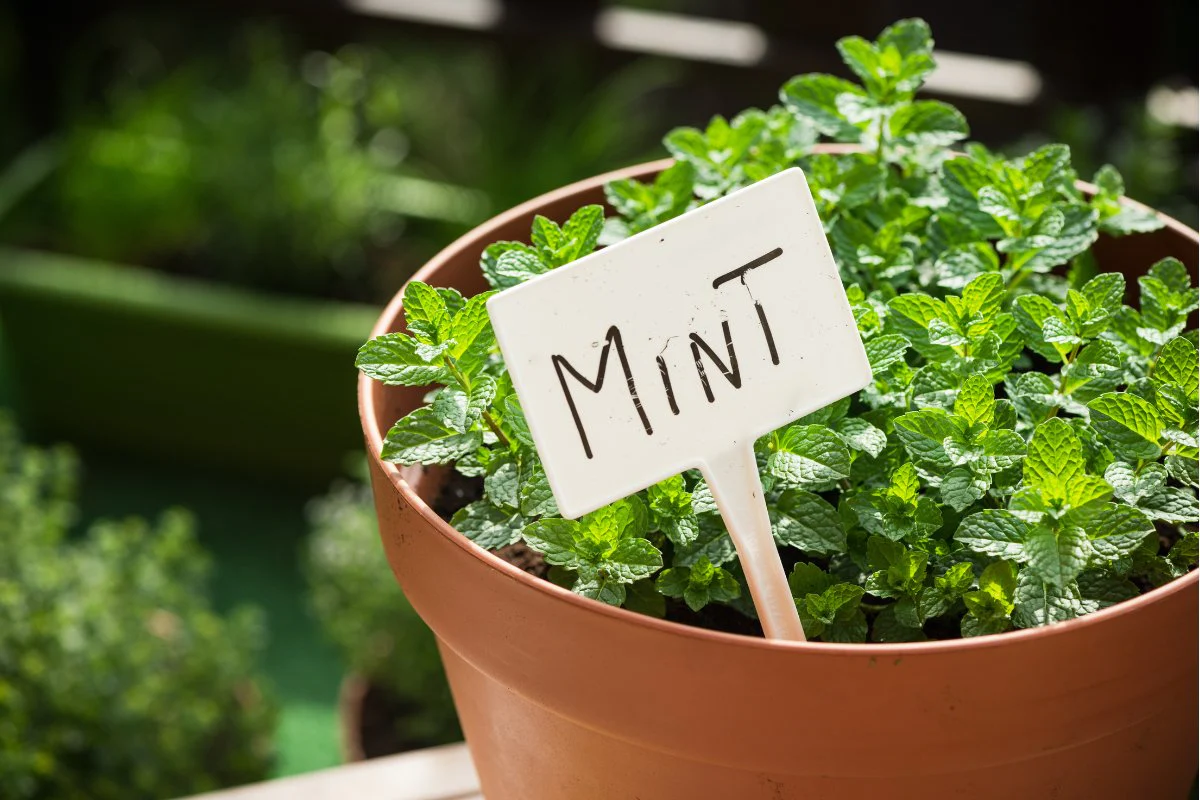
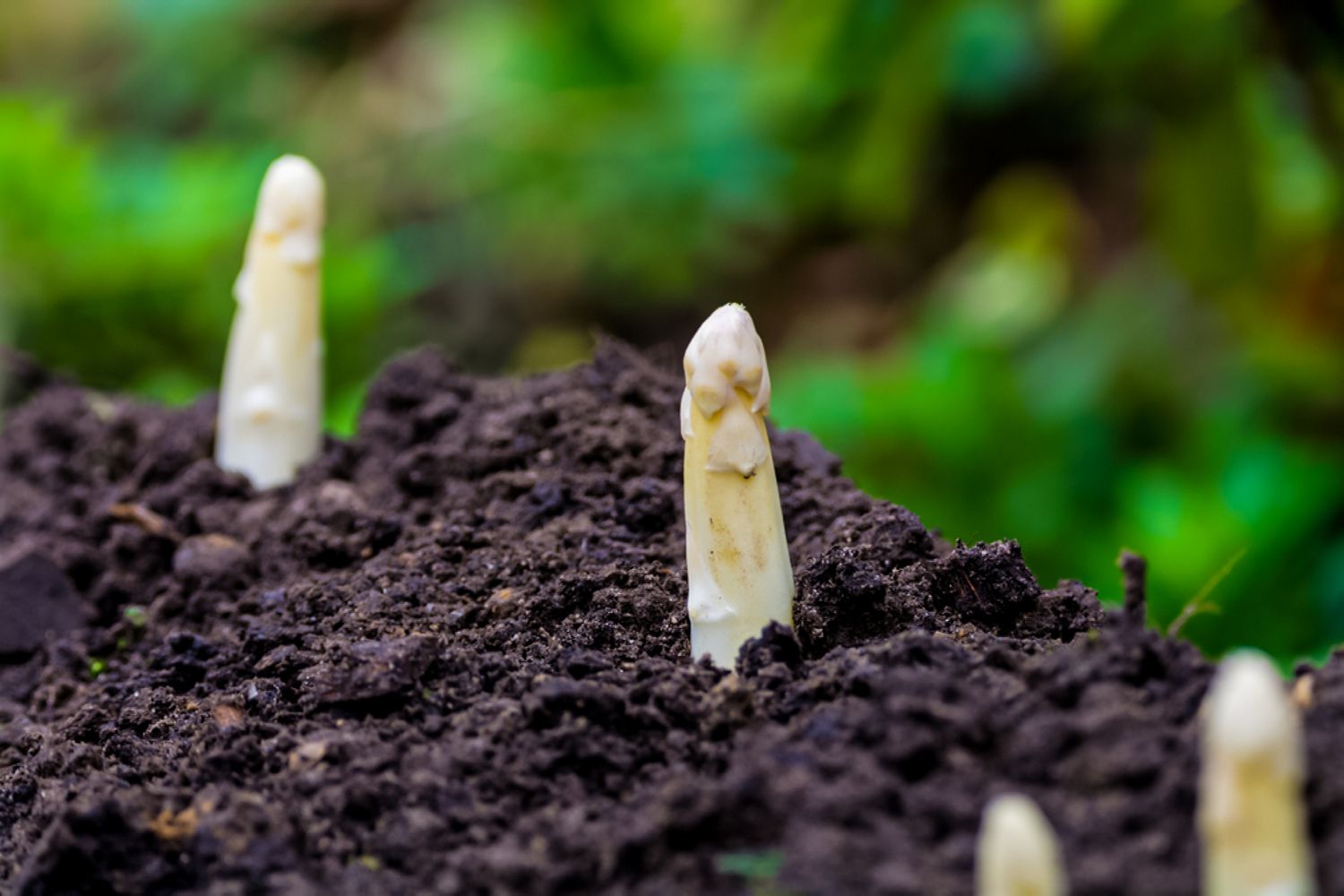
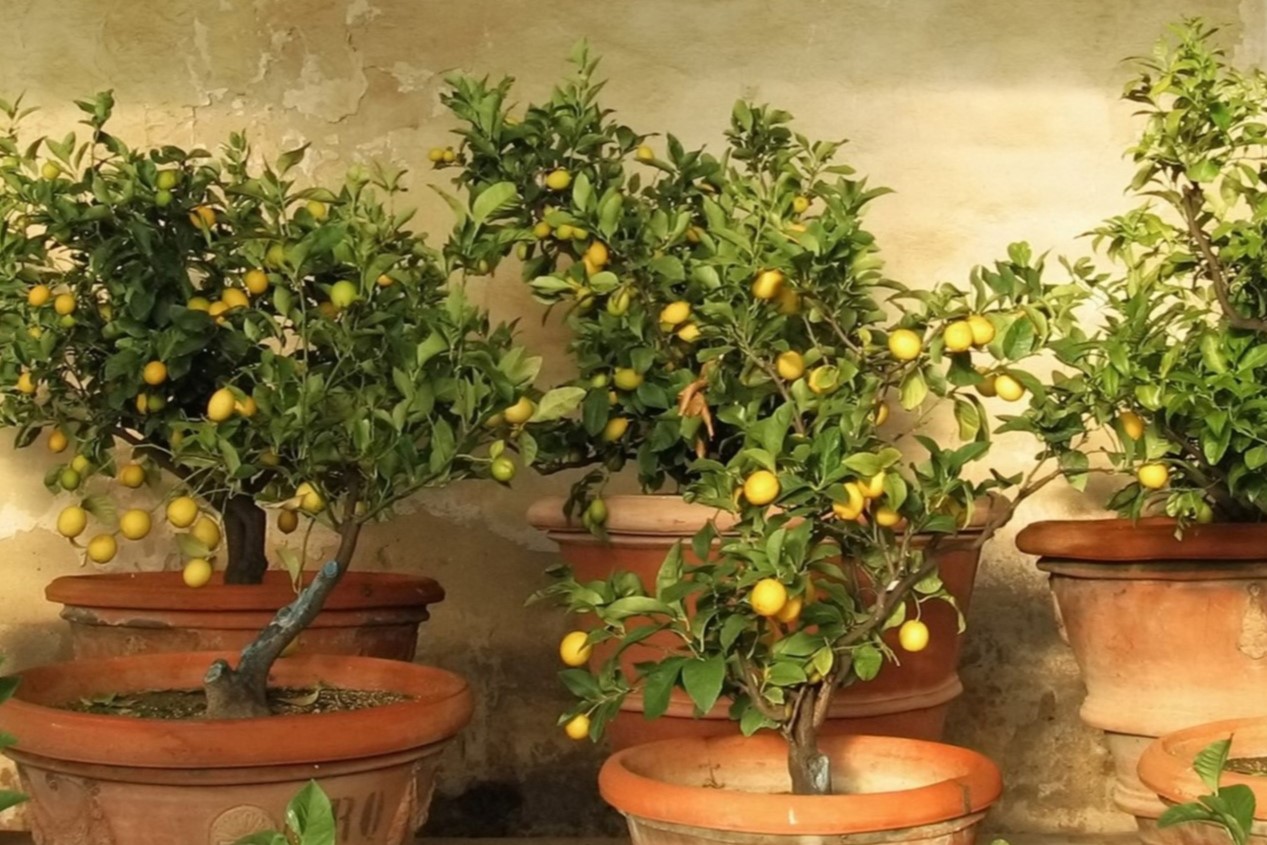
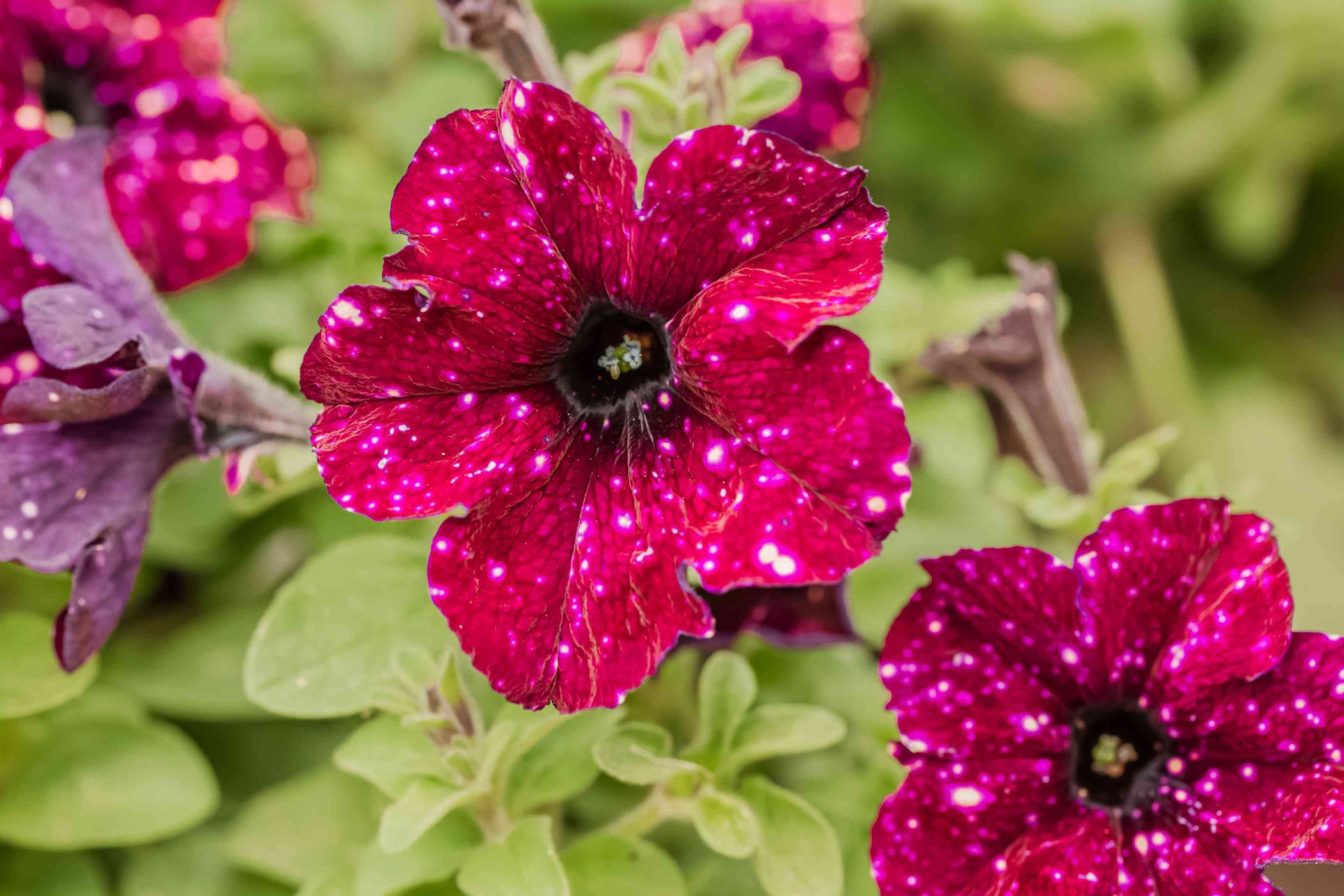
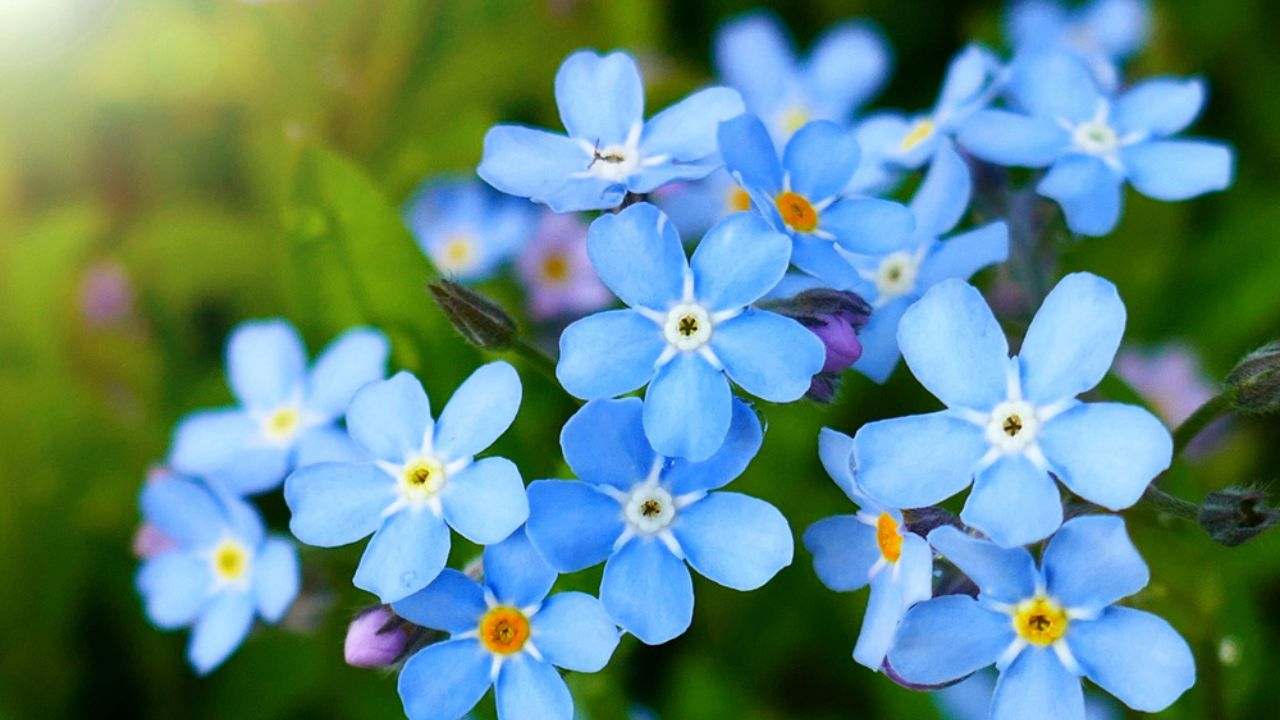


0 thoughts on “How Deep To Plant Moonflower Seeds”